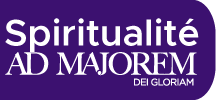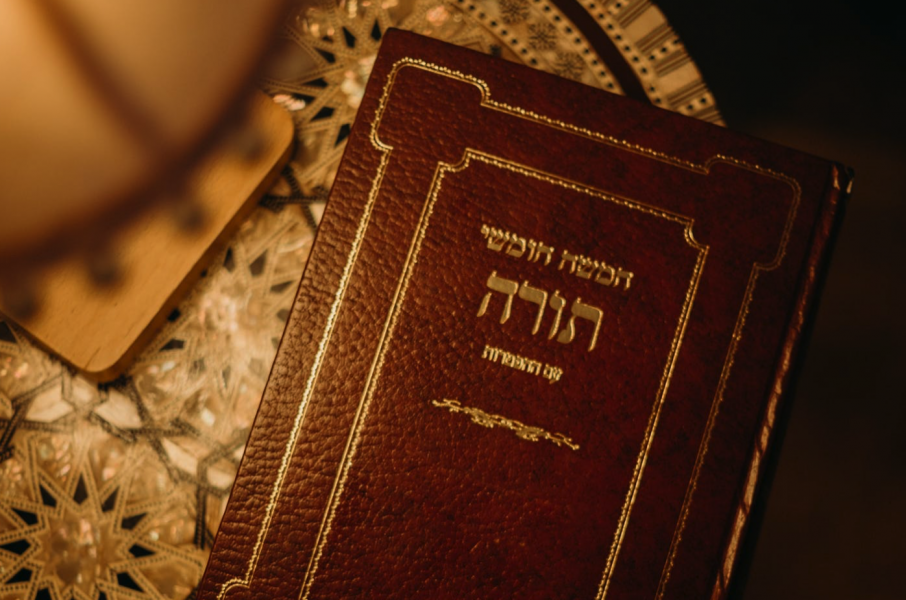Why did you write this book ?
“With the rise of fundamentalisms – Jews, Christians or Muslims – the intellectual communities think we must oppose readings of biblical texts marked by the contribution of human sciences and by history, in other words by any critical material which we call historical criticism”. Via her work, Catherine Chalier aims to prove that if we lock ourselves in this alternative, fundamentalism on the one hand and the historical-critical study of these biblical texts on the other, we will never be able to escape from this “rift” that our societies are currently going through.
“fundamentalism, in addition to the figures full of hate it may take, is first and foremost a feeling that all History has handed down in terms of interpretation and innovation in human behaviour, in how to worship and love and serve a god is a long degeneration, a long abandon of what we should never have left”.
In other words, a lack of trust in human beings and in their ability to think and develop while being fed by the word of god.
If fundamentalism uses biblical texts to justify the darkest aspects of human beings and in particular violence, the historical-critical methods show that the past to which fundamentalism refers is a completely mystified past. But by wanting to deconstruct this past, by attempting to explain that the events described in texts such as the Torah did not take place, we promote the contribution of exact sciences and human sciences to the role of criterion to demystify this past by placing complete confidence in the human capacities of reason and criticism.
Catherine Chalier insists on the fact that there is a common point between both approaches. They are both turned towards the past either to venerate it or deconstruct it.
But the fundamental question remains : what do these texts represent for us today ? Catherine Chalier suggests another way of looking at them via a spiritual reading based on the one that the Jews have read and studied over time. For Jews, she explains, studying is a precept, a vital need, in particular as they found themselves caught in a cultural crossfire over the centuries, between Christianity and Islam. Another reason : in Jewish tradition, the written Torah – the teaching – is totally inseparable from the oral Torah, “that which is on the mouth”.
It is impossible to read the Torah without referring to its comments in order to dialogue with the masters of the past and thus make it come alive and renew itself. In Catholic tradition, according to Catherine Chalier, this approach was for clerics and the people were not associated with it. To simplify, Jesus was in the centre and that was sufficient. In Judaism, it is by interpreting the Torah that Jews over time have renewed the meaning of its verses and interpreted themselves in terms of a community.
Catherine Chalier is eager to explain why she is departing from the historical- critical method bearing in mind that the first Jewish commentators who usedthis method were not rabbis. In the 17th century, Spinoza, in his theological political treatise, was a pioneer of the historical-critical method. In other words reduce the signification of a verse to its author’s intention insofar as it can be established. Spinoza wanted to show what the ancient Hebrews thought. But if we merely do that, we reduce the text to one signification and only one signification. One word is equivalent to a single meaning. Polysemy is thus considered as inadmissible and not rigorous.
“You have to trust these texts but also our own subjectivity made of flesh and blood.”
The historical-critical method thus deprives the Bible of any originality. And even worse, it ignores any subjectivity. The quest for meaning, for Catherine Chalier, cannot thus be separated from working on ourselves and it is the signification that she gives to the word “spirituality”. In support of this, she reminds us of the first word God said to Abraham, “go to yourself”. It is because he answers this call that he goes to the Promised Land while going towards himself.
In the oral Torah, the study should lead to the in-depth meaning of texts. A same word can be studied on four different levels : the plain, simple, literal meaning ; the homiletic meaning ; the hidden or esoterical meaning and finally the hidden, mysterious meaning. It is thus necessary to appropriate all the figures of the Bible without exception. Catherine Chalier adds, “the Torah can either be an elixir of life or a poison”. Example : Kalonymus Shapiro, a rabbi in the Warsaw ghetto read the texts of the Torah with a feeling of guilt with the suffering he felt being a punishment from God. Then, as the ordeals experienced in the ghetto continued, he started asking the texts questions and they opened themselves up in a different manner to him. They told him something else and overturned his theology. He thus became aware of a God who suffers and not one that punishes.
If we want the Torah to tell us something different, you have to go to it for the renewal of meaning to take place, says Catherine Chalier. There is a prerequisite – “you have to trust these texts but also our own subjectivity made of flesh and blood”.
Catherine Chalier is a philosopher and expert in Judaism. She has in particular published : Transmettre, de génération en génération (Buchet-Chastel, 2008), La Nuit, le Jour (Seuil, 2009), which received the Écrivains croyants (Believing Writers) award, Le Désir de conversion (Seuil, 2011), Kalonymus Shapiro, rabbin au Ghetto de Varsovie (Arfuyen, 2011) and Présence de l’espoir (Seuil, 2013).
AD MAJOREM DEI GLORIAM | Spring 2016





